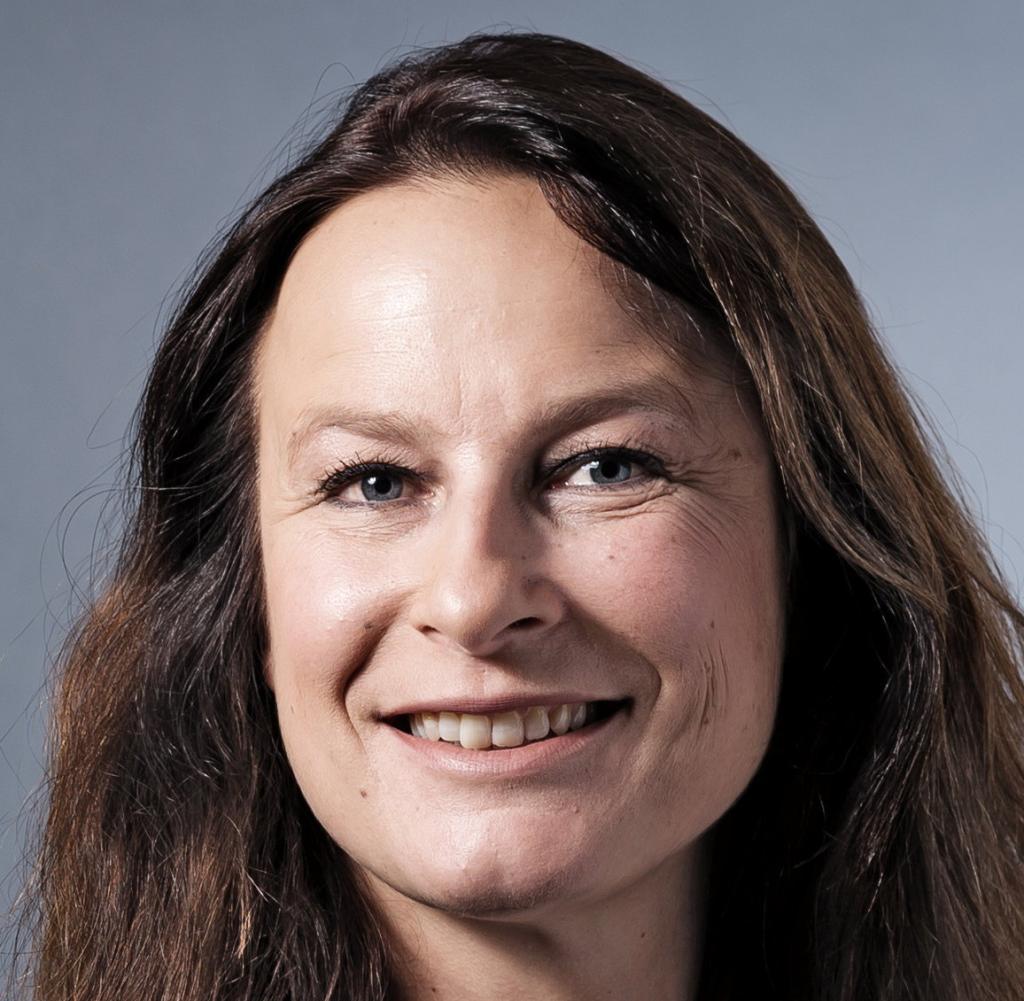For a long time, it was considered a kind of law of nature that it is mainly mothers who are left as single parents after a separation or divorce. Ten years ago, 90 percent of all single-parent households were headed by women. But now there are also more and more fathers who live alone in the household with their underage children. According to the Federal Statistical Office, their share of all single parents is now almost 18 percent. A figure that had already attracted some attention in the Federal Ministry for Family Affairs’ Family Report 2024.
In its annual report “Single Parents in Germany,” the Bertelsmann Foundation took a closer look at single fathers. “We were surprised by the significant increase, so we tried to look at the data a little more closely,” says family policy expert Antje Funcke. She does not yet have a theory as to why the proportion of single fathers is increasing. But at least the data collection provides an insight into the lives and financial situation of these men.
However, there are some gaps in the population statistics: According to the definition of official statistics, single parents are all mothers and fathers who live with their children without a partner. Whether there is a second parent who looks after the children and what care model the parents have agreed on is not recorded statistically.
A similar lack of clarity occurs when new partners join the family after a separation: stepfamilies and patchwork families are recorded as “normal” couple families – not as combined families with children from previous partnerships. “This is a significant data gap that we have been criticizing for a long time,” says Funcke. The number of single parents is therefore always only a snapshot. “It is urgently necessary to take a closer look at this, especially since one in five families is single-parent families.”
Specifically, in 2023, there were 1.7 million single-parent families with 2.5 million minor children living in Germany – this corresponds to a share of 20 percent of all 8.5 million families. Among the single parents, 1.4 million are mothers (82.3 percent) and 301,000 fathers (17.7 percent); ten years ago there were only 167,000 single fathers.
The number of single mothers has recently increased again, by 70,000 between 2022 and 2023 alone – also due to the flight of women and children from Ukraine. A fact that should be kept in mind when interpreting time series data, the report states.
This is especially true for the question of how many single-parent families are dependent on citizen’s allowance. Without mothers who have fled from Ukraine, the proportion would probably be lower. Currently, 21.8 percent of single parents with minor children report that they earn their living primarily through state benefits such as unemployment benefits or citizen’s allowance – 24.4 percent of mothers and 9.6 percent of fathers.
66 percent of all single parents with children under 18 years of age say that their own employment is the main source of income for their own living. More fathers than mothers (82 percent to 62 percent) make their living primarily from their jobs. However, these men are more likely to live with fewer and older children under one roof, so extensive employment is more feasible than for mothers, the report says.
Their employment rate has recently fallen slightly – in 2023, 71.4 percent of single mothers were employed, compared to 77 percent of mothers in couple families. In terms of the amount of work, however, single mothers work more than other mothers. 41.1 percent of them are employed full-time, compared to just 33.1 percent of those in couple families.
The employment rate for single fathers is 87.1 percent, lower than for fathers in couples (93 percent), but significantly higher than for mothers. “This is primarily because they usually continue working after the birth of a child, while mothers often reduce their working hours or take a break for a while. They then often find it more difficult to get back into work,” says Funcke. “This shows that we still don’t talk enough about the fair distribution of care work.”
The consequences are immediately apparent in the income situation of single parents. Overall, they have significantly less income available than couples who manage their finances together. For example, 53 percent of married couples with minor children are in the highest income category (4,500 euros monthly net income or more), while only 11 percent of single parents are in the highest income category.
However, the financial situation of single fathers is significantly more comfortable than that of single mothers: almost a quarter of single fathers are in the highest income category, but only eight percent of mothers are. The opposite picture emerges at the lower end of the income scale: while 28.6 percent of mothers have to make do with less than 1,500 euros, the figure for fathers is only 5.6 percent. Single parents are therefore still the family type most frequently affected by poverty, the report says.
The Bertelsmann Foundation concludes from the figures that childcare work should be distributed more fairly between parents. The consequences of the division of labor within the family that most parents still practice are borne primarily by mothers, especially after a separation: “As single parents, they are more likely to be affected by poverty, have lower lifetime earnings, and are at risk of poverty in old age.”




